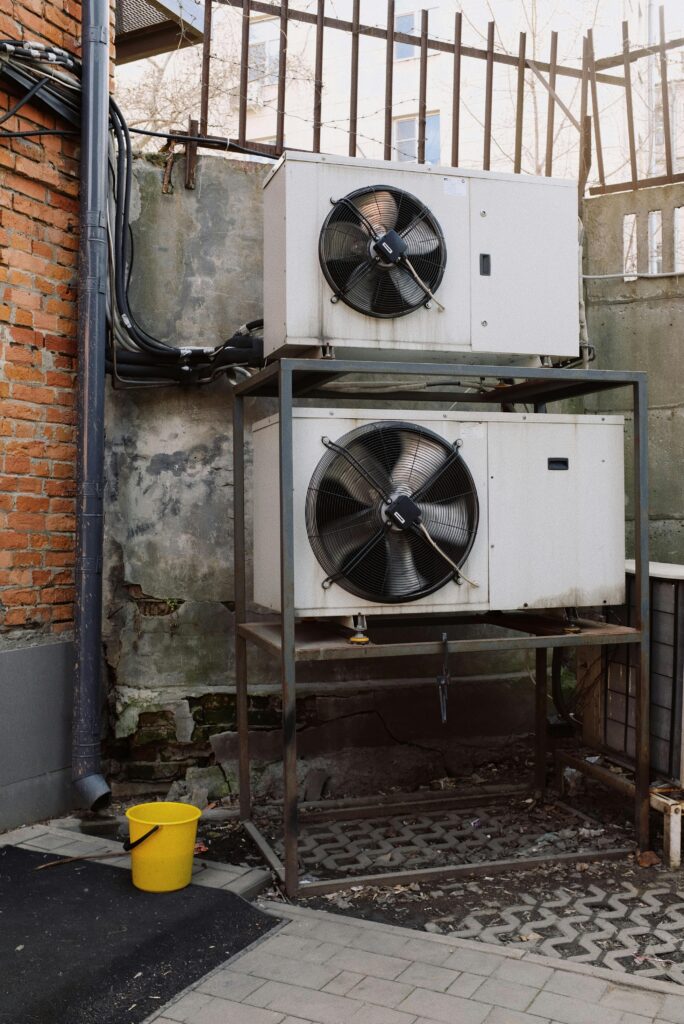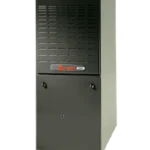
In the quest for sustainability and cost-effectiveness, energy-efficient HVAC (Heating, Ventilation, and Air Conditioning) systems have emerged as pivotal solutions for both residential and commercial settings. These systems not only aid in diminishing environmental impact but also significantly lower energy expenses. This comprehensive guide aims to explore the complexities of energy-efficient HVAC systems, including their advantages, variations, essential components, and strategies for optimizing efficiency.
Understanding Energy Efficiency in HVAC Systems:
Before delving into the specifics of energy-efficient HVAC systems, it’s crucial to comprehend the concept of energy efficiency. Simply put, energy efficiency entails using minimal energy to accomplish a task or maintain a desired level of comfort. In the realm of HVAC systems, energy efficiency revolves around refining heating, cooling, and ventilation processes to curtail energy consumption without compromising comfort.
Benefits of Energy-Efficient HVAC Systems:
Cost Savings: Energy-efficient HVAC systems consume less energy, resulting in reduced utility bills over time. Despite the potentially higher initial investment, the long-term savings outweigh the upfront costs.
Environmental Impact: By decreasing energy consumption, energy-efficient HVAC systems aid in mitigating greenhouse gas emissions and reducing environmental footprint, thus contributing to a more sustainable future.
Enhanced Comfort: These systems are engineered to deliver consistent and precise heating, cooling, and ventilation, ensuring optimal comfort levels year-round.
Improved Indoor Air Quality: Many energy-efficient HVAC systems integrate advanced filtration technologies that eliminate pollutants and allergens from indoor air, fostering a healthier indoor environment.
Types of Energy-Efficient HVAC Systems:
High-Efficiency Heat Pumps: These systems employ refrigerant technology to transfer heat between indoor and outdoor air, offering both heating and cooling functions. High-efficiency heat pumps optimize energy savings through variable-speed compressors and advanced heat exchangers.
Ductless Mini-Split Systems: Consisting of an outdoor compressor unit and one or more indoor air-handling units linked by refrigerant lines, ductless mini-split systems provide zone-based heating and cooling, enabling precise temperature control in individual spaces.
Geothermal Heat Pumps: Geothermal heat pumps utilize the stable temperature of the earth’s subsurface to deliver efficient heating and cooling. By exchanging heat with the ground or groundwater, these systems achieve notable energy savings throughout the year.
Variable Refrigerant Flow (VRF) Systems: VRF systems utilize refrigerant-based technology to provide heating and cooling to multiple zones simultaneously. Equipped with sophisticated controls and variable-speed compressors, VRF systems optimize energy usage according to demand, enhancing efficiency and comfort.
Key Components of Energy-Efficient HVAC Systems:
Inverter-Driven Compressors: Inverter technology enables compressors to adjust their speed based on heating or cooling demand, minimizing energy wastage and enhancing efficiency.
Programmable Thermostats: These thermostats empower users to set temperature schedules as per their preferences, reducing energy consumption during periods of low occupancy or when heating or cooling is unnecessary.
Energy Recovery Ventilators (ERVs): ERVs recover heat and moisture from outgoing air, transferring it to incoming air to precondition fresh air before it enters indoor spaces. This process helps maintain indoor comfort while lessening the workload on HVAC systems.
High-Efficiency Filters: Advanced filtration systems capture dust, pollen, and other airborne particles, improving indoor air quality and bolstering overall system performance.
Tips for Maximizing Efficiency:
Regular Maintenance: Schedule routine maintenance inspections and cleanings to ensure peak efficiency of your HVAC system.
Seal and Insulate: Properly seal ductwork and insulate walls, floors, and attics to minimize heat loss or gain, thereby reducing the workload on your HVAC system.
Upgrade to Energy-Efficient Equipment: Consider upgrading to energy-efficient HVAC equipment like high-efficiency heat pumps or ductless mini-split systems to maximize energy savings.
Optimize Airflow: Maintain unobstructed air vents and ensure proper airflow throughout your home or building to uphold consistent temperature distribution and enhance efficiency.
Utilize Smart Controls: Invest in smart thermostats and HVAC controls for remote monitoring and scheduling, enabling adjustments based on occupancy patterns and weather conditions.
Conclusion:
Energy-efficient HVAC systems present a prudent investment for homeowners and businesses aiming to trim energy costs, alleviate environmental impact, and elevate indoor comfort. By grasping the principles of energy efficiency, exploring diverse types of energy-efficient HVAC systems, and implementing optimization best practices, you can cultivate a sustainable and comfortable indoor environment while reaping long-term energy bill savings.






